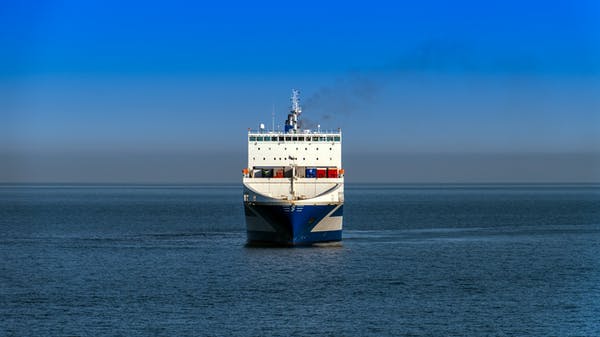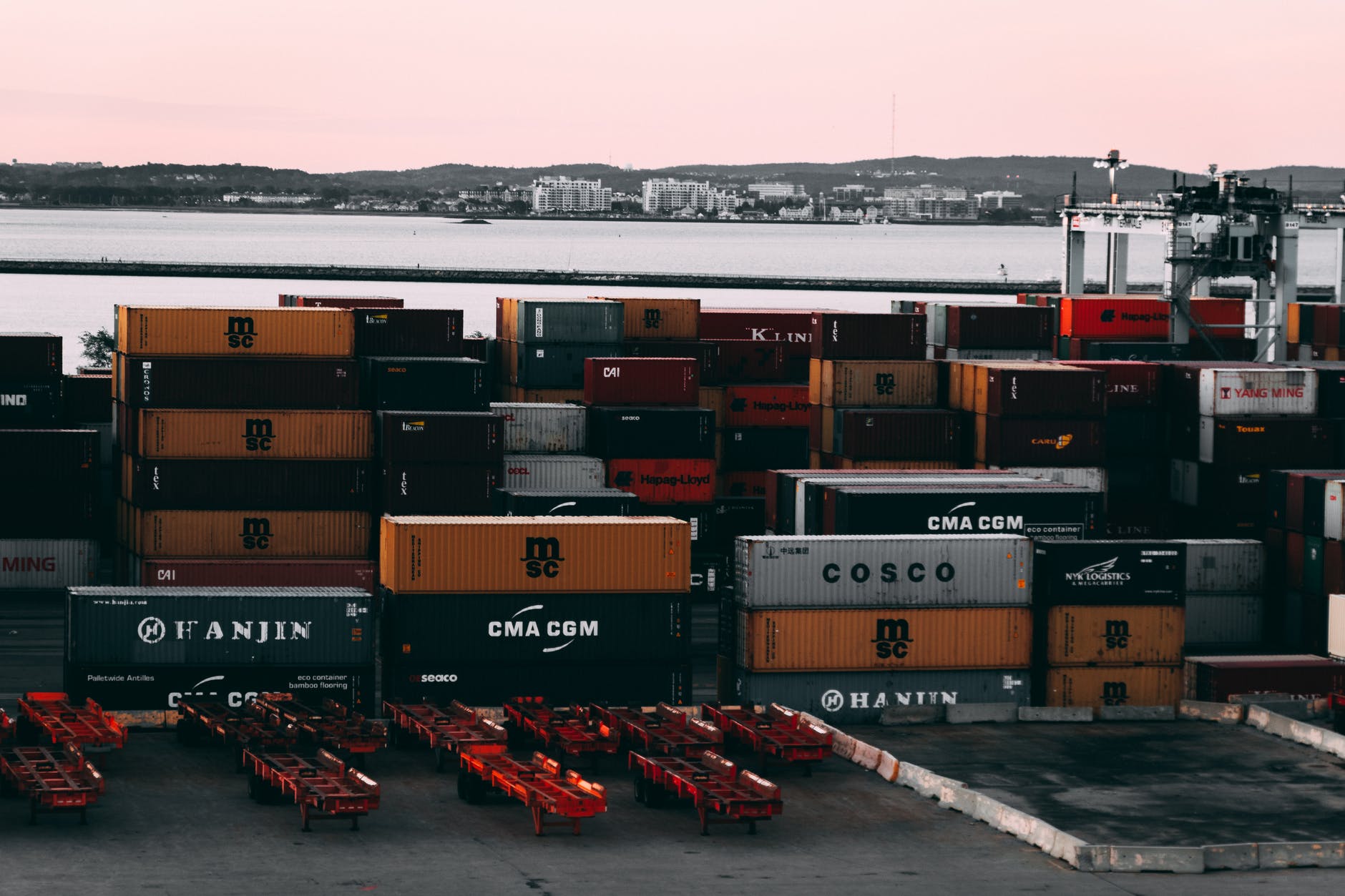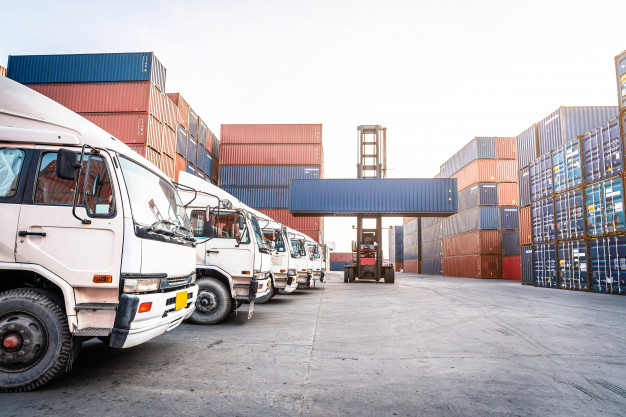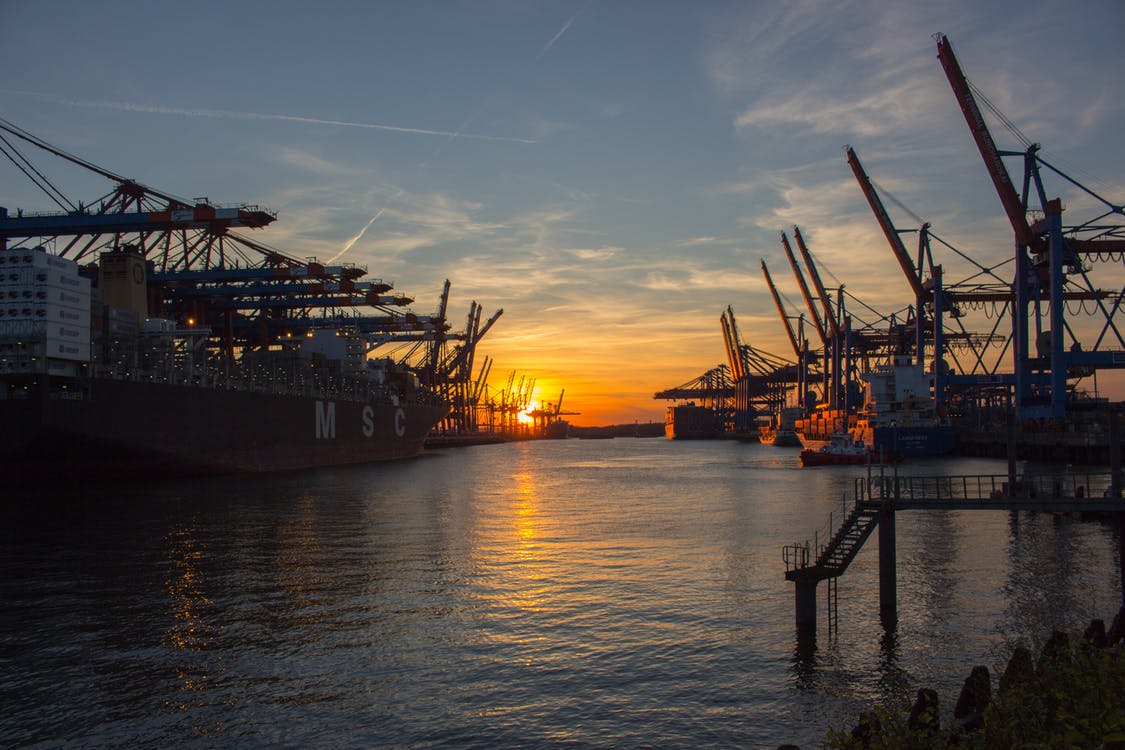How to Import to the Philippines?
The Philippines is a strategic trading location as it shares maritime borders with many different countries, including China, Taiwan, Indonesia, Malaysia, Vietnam, Japan, and Palau. Its top import partners aren’t limited to its neighbors as it also imports goods from Korea and the United States. Because the Philippines continues to comply with ASEAN-wide economic integration, the opportunities for both importers and exporters will only continue to grow.
Importers and exporters will need to rely on experts knowledgeable on the latest updates in the shipping scene. For example, if any crises affect trade routes, customs brokers will be critical to ensure that products can still be imported and exported promptly.
Written below are the top things to keep in mind when importing products. Knowing how to import to the Philippines will ensure that businesses will have smooth customs clearances.
How can New Importers Start?
New importers will need first to submit the following relevant documents, as listed by the Bureau of Customs, to be accredited:
- Duly notarized accomplished Application Form and signed by the owner, for Sole Proprietorship, Responsible Officer, for Corporations, the Chairman, for Cooperatives, or authorized partner, for Partnerships
- Bureau of Customs Official Receipt or BCOR showing proof of payment of the Php1,000.00 processing fee
- Corporate Secretary Certificate for Corporations / Affidavit for Sole Proprietorship / Partnership Resolution for Partnerships / BOD Resolution for Cooperatives designating its authorized signatories in the import entries
- Two (2) valid government-issued IDs of Applicant, President, and Responsible Officers
- Passport
- Driver’s License
- SSS ID
- UMID Card
- For aliens, Alien Certificate of Registration and Alien Employment Permit
- Applicant’s NBI Clearance, issued within three (3) months preceding the application
- Photocopy of either DTI Registration or SEC Registration / Articles of Partnership and Latest General Information Sheet or Cooperative Development Authority Registration and latest Cooperative Annual Progress Report
- Applicant’s, President’s, and Responsible Officers’ Personal Profile
- Proof of Lawful Occupancy of Warehoouse and Office Address
- Updated Lease Contract under the Corporation or Proprietor’s name
- Affidavit of Consent from the owner and the Title of the Property under their name
- In case of Sublease, certification from the Lessor or Owner allowing the sharing of office
- Printed Client Profile Registration System or CPRS of the Company and updated notification of “STORED” status
- BIR Form 2303 or Certificate of Registration
- If applicable, Income Tax Return or ITR for the past three (3) years duly received by the BIR
- Valid Mayor’s Permit certified by the Bureau of Permits and Licensing Office
- Proof of Financial capacity to import
- Bank Certificate or other financial certification
- The Top 1,000 Taxpayers and those under SGL Companies are exempt
- If applicable, endorsement from the District Collector
- Detailed sketch map ofthe office and warehouse address
- Company Profile with geotagged pictures of the office with proper and permanent signage and pictures of warehouse or storage area
After getting accredited, businesses can start importing products to the Philippines.
Documents Required when Importing Products
Businesses importing products must provide the following required import documents, as shown here, once their goods arrive:
- Duly endorsed Airway Bill or Bill of Lading, or certification by the carrier or agent of the vessel or aircraft,
- Commercial Invoice or any other verifiable commercial document proving payment if there is no sale for export
- Packing list
- Duly notarized Supplemental Declaration on Valuation or SDV
- Certain documents as may be required by certain rules and regulations, including:
- Import Permit or Clearance
- Authority to Release Imported Goods or ATRIG
- Proof of Origin for Free Trade Agreements or FTAs
- Copy of an Advance Ruling, if the ruling was used in the goods declaration
- Load Port Survey Reports or Discharge Port Survey Reports for bulk or break-bulk importations
- Document evidencing exemption from duties and taxes
- Other relevant documents like a Tax Credit Certificate or TCC or Tax Debit Memo or TDM
When importing animals, plants, food, medicine, or chemicals, importers must also obtain a Certificate of Product Registration from the Philippines’ Food and Drug Administration.
Not all items can be imported into the Philippines. For more information, see this list of prohibited and restricted items.
Conclusion
Knowing how to import to the Philippines involves plenty of technical know-how that reliable licensed customs brokers should know. Businesses must look for a reliable customs broker in the Philippines to ensure that their shipments will arrive on time without difficulty.
When importing goods to the Philippines, you’ll need to rely on a reputable international freight forwarding company and licensed customs broker. Let Excelsior Worldwide Freight Logistics help you handle both on your behalf.








